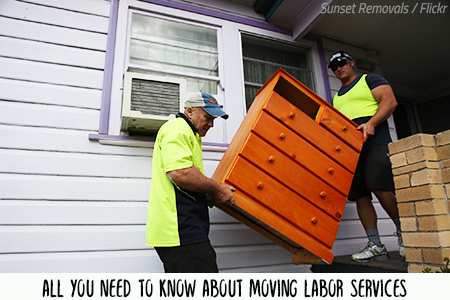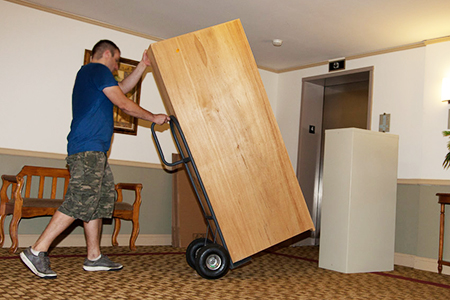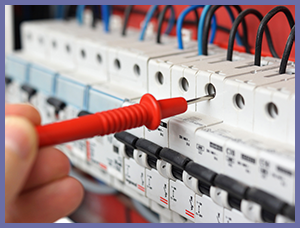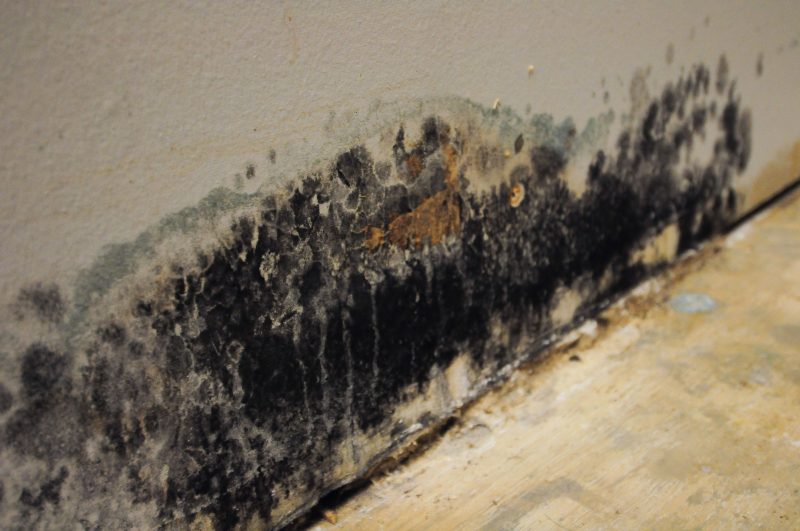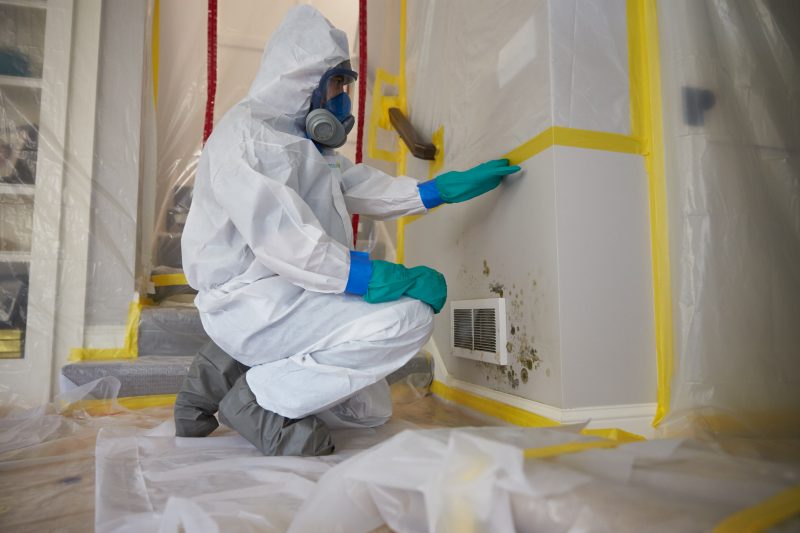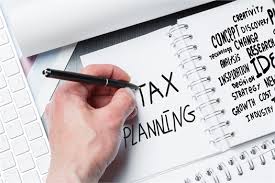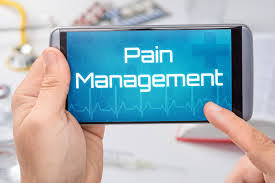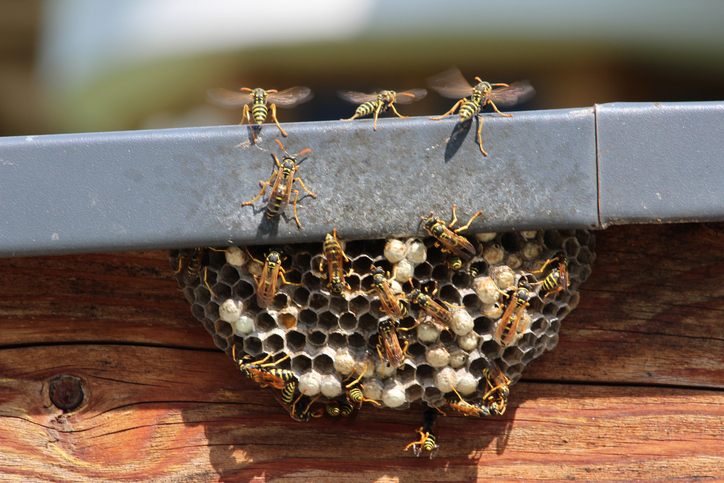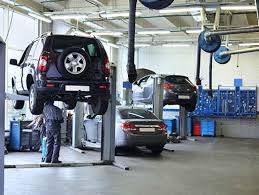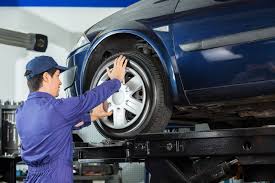Benefits of Renting a Party Bus for Your Next Event
When you’re planning a night on the town, transportation is essential for both convenience and safety. While cabs and rideshares are readily available, the price adds up quickly and they can’t accommodate large groups. A party bus provides ample space, in addition to fun features and amenities that add to the excitement and enjoyment of your event. Use the guide below to learn more about the benefits of party buses.
Why Rent a Party Bus?
Cost-Effective
Whether you’re celebrating a birthday, bachelor party, or an epic pub crawl with friends, there’s no way to beat the value of a party bus. The spacious buses are designed to fit upwards of 40 people comfortably without the price tag of paying for separate vehicles at multiple destinations.
Your driver stays with you, so you only pay one flat rate for your entire event, making it a cost-effective choice whether you cover the entire cost or you’re paying as a group.
On-Board Amenities
party busUnlike a cab or rideshare, party buses feature a variety of amenities, including leather seats, surround sound stereo systems, mini-bars, flat-screen TVs, disco balls, and more.
Buses often allow you to provide your own food, alcoholic beverages, and entertainment, allowing you to customize your experience and keep the party going as you travel to and from your destination.
See the Sights
Take in all that the city has to offer without worrying about your next destination or how to get there. With a party bus, you’re given a tour of the city by a professional driver who is well-versed in the best bars, nightspots, restaurants, and attractions in the area.
This ensures you’ll always get where you need to be without missing anything along the way. Your driver will also know the ins-and-outs of the route, making sure you always arrive on time.

Convenient and Time Saving
Imagine all that time you waste on calling up cabs, and split travelling from one place to another. If you really want to enjoy a night of bar hopping, a party bus should be your ultimate choice. You just need to give your driver a list of places you want to hit, and they will take you on a smooth ride one by one. The bus complete with its own booze, music and lights, you won’t really feel the pinch of waiting for someone along the way.
Make A Great Impression On Friends
Hiring a party bus is a relatively unique concept, which is sure to amaze your friends, giving them the kind of experience they might have never had. The party setting and the ambiance will get their eyes popping out, and the kind of impression you will have on them will be long lasting. Don’t think twice, and book a spot for yourself to attend some special events with your friend circle.

Has a lot of space
The party buses are very spacious and will be able to hold of up to 40 persons. Since these buses come in various sizes, the seating capacities differs. You’ll have the ability to bring your whole group and travel together in a very comfortable and also stylish party bus, and make a very dramatic entrance and of cours exit from the venue.
City Tour
The chauffeurs of these party buses are knowledgeable about the city very well. You can appreciate night existence without finding locations or following street headings. You can basically kick back and make the most of your city visit while your chauffeur is driving.
Very Affordable
One can surely have a safe transport and also so much fun when your rent a party bus. Also, you don’t have to pay tons of cash to experience partying in party bus. If ever you happen to go with a big group of friends, you can just divide the party bus’ rates, this makes the cost very affordable.
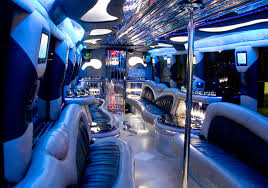
There’s Room For Everyone
A party bus has enough space to accommodate your entire friend circle or your family members, which implies there is no chance to leave anyone behind. You can invite more people to join the party, without any hesitance. Imagine riding through a scenic route, while playing games and listening to music as you go past the twirling roads. No form of transport can create this effect for you, except a dedicated party bus. So whether you are going for a family reunion, marriage party or work anniversary, make sure to enjoy each and every moment that comes your way.
No Concerns Regarding Navigation And Driving
You don’t have to find a designated local driver to get you through places safely, since hiring a party bus comes along with a driver, who will take you wherever you want to go. By hiring the services, you make sure none of your friends miss the fun, and you can travel conveniently without the trouble of navigating your way. No need to hire cabs, no need for public transportation; just make a booking and get going.
First-Class Treatment
Club hopping is a great way to enjoy an evening full of food, music, drinks and dance. Party bus services offer special packages to suit such requirements, and you’ll be amazed to know that you may not have to pay cover charges as well. The driver will take you to some of the best bars and nightclubs in the town, without you having to spot one. It will be one crazy night full of entertainment as you hop over from one bar to the other, and indulge in non-stop partying action back and forth. You are surely not going to forget this night!
It’s Full-On Fun And Entertainment
Here comes the best part of all. Renting a party bus is much more fun than you can assume it to be! The amenities are worth more than what you pay for, and the level of excitement is just priceless. This one-of-a-kind experience will leave you in awe for all the bucks you invest. Get your track list ready for some grooves along the way, since the main objective here is to keep going with the flow, as you move to your next destination.
The buses are equipped with LCD TVs, a bar, high-definition sound system, comfortable seats and a lot more facilities. You can also bring in alcoholic beverages and anything that entertains your group. Turn the party into whatever you desire it to be, so that it becomes an unstoppable ride.


